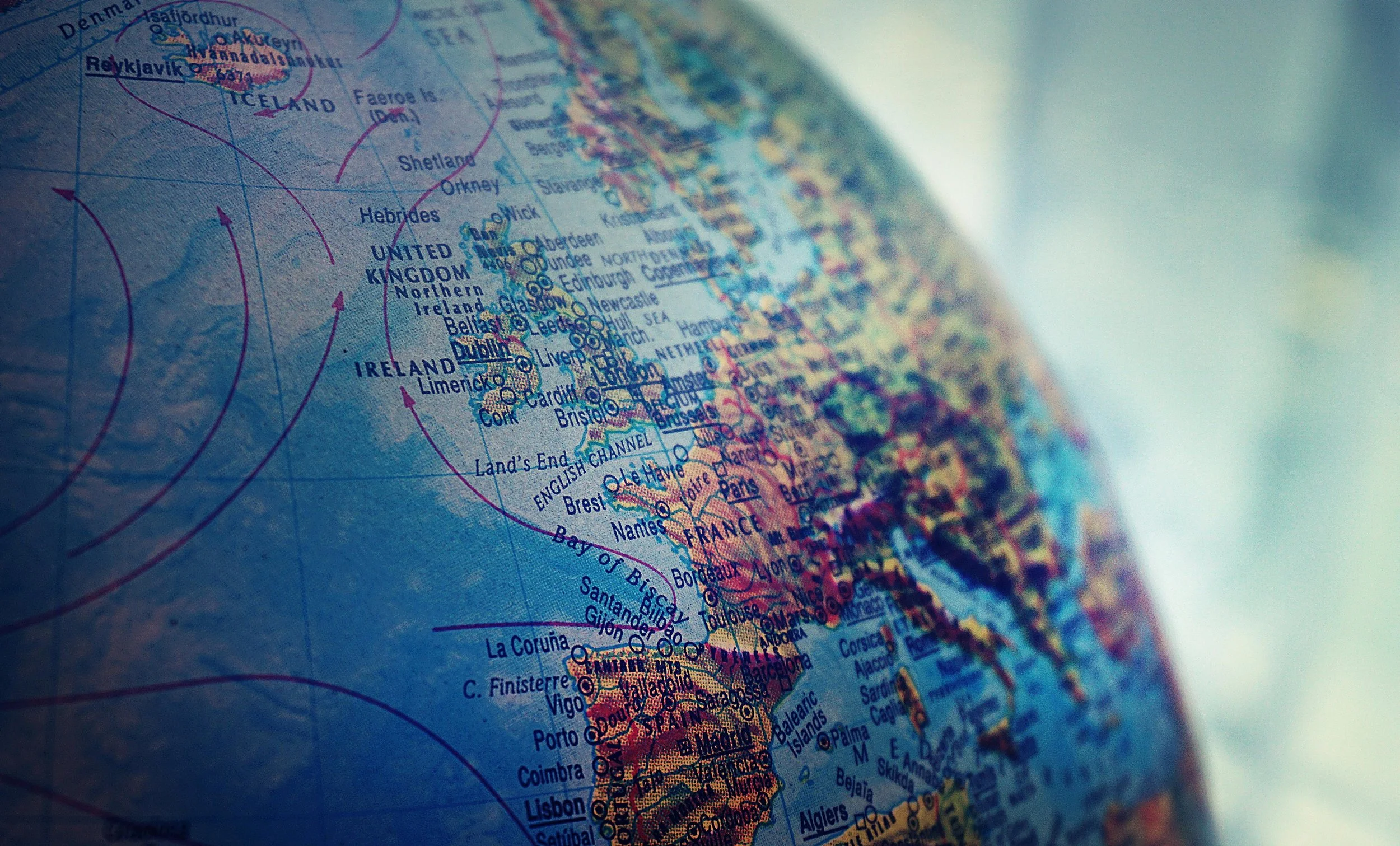
The Second Cold War
The fragmentation of international cooperation and the rise of nationalistic tendencies contribute to a new era of rivalry between major powers. The Second Cold War
The United States, China, Russia, and other key players compete for influence and dominance across various regions, leading to a series of proxy conflicts and diplomatic standoffs.
As tensions escalate, the specter of nuclear confrontation looms large once again, with both sides engaged in a dangerous game of brinkmanship.
Arms races, cyber warfare, and proxy conflicts in regions of strategic importance become the new norm, threatening global stability and security.
The rivalry extends beyond traditional military and political domains to include economic competition, technological espionage, and ideological battles. Each bloc seeks to assert its influence through strategic alliances, economic partnerships, and propaganda campaigns aimed at undermining the credibility of rival powers.
Following the new self serving attitude of nations, the second Cold War begins. While tamer compared to the first Cold War, this time around more nations are directly involved. Threat of catastrophe looms as countries are in fierce competition
View the new timeline


